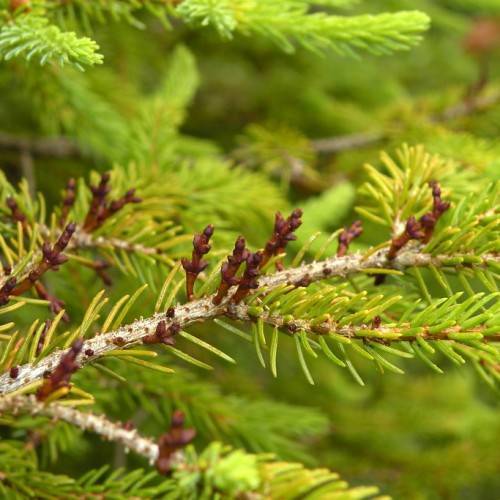
Hemlock Dwarf Mistletoe
Arceuthobium campylopodum subsp. tsugense
Watering:
Minimal
Hardiness Zone:
Sun:
full sun,part shade
Growth Rate:
Low
Drought Tolerant:
Yes
Invasive:
Yes
watering
The Western Dwarf Mistletoe (Arceuthobium campylopodum) should be watered 2 to 3 times per week, depending on how far it is from an irrigation source, soil type, and temperature. During dry weather or when temperatures are extremely high, an extra watering may be necessary. The plant should not be over-watered, however, as this can lead to root rot. Allow the soil to dry out between waterings.
sunlight
Western Dwarf Mistletoe prefers full sun and can handle partial sun. In the northern states where the plant is native, it usually gets around 6-7 hours of sunlight every day during the summer months. In the south, it may get as much as 8-10 hours of sunlight each day. It should be sheltered from strong winds and direct afternoon sun in hot climates. The Western Dwarf Mistletoe also needs adequate moisture to thrive, particularly during the summer months.
pruning
Western Dwarf Mistletoe should be pruned once a year in late summer to early fall. Pruning should be done to remove any infected or dead branches as well as to promote dense, healthy growth. Care should be taken to remove as few healthy branches as possible. Pruning should avoid damaging living tissue and should be done carefully without cutting off too much at once. It is also beneficial to prune back some sections of the western dwarf mistletoe to promote a fuller growth.
